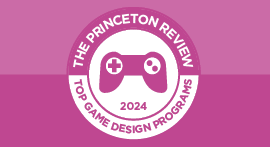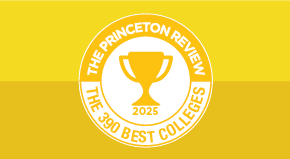Visual Communication
Overview
Visual Communication is a multi-disciplinary field encompassing graphic design, illustration, fine arts (like drawing and painting), multi-media, and photography. Visual Communication, according to Towson University, applies the fundamentals of major art forms to “professional problem solving.” In other words, you’ll be using art to convey specific ideas and messages.
There are many practical applications for Visual Communication. Advertising is one field that relies heavily on images to convey ideas. Other fields include interior design, industrial design, and publication design—among many others. Visual Communication, whether it be print-based (such as for books or magazines), or based on new computer technology, is growing increasingly important in our fast-paced, image-reliant society.
Many programs require you to choose a concentration such as graphic design, illustration, or photography; others will give you a taste of many different fields. Whatever the case, an eye for detail, an ability to think creatively, and good problem-solving skills will be integral to your success.
- $10,498 Tuition
- 1010 Avg SAT
- 8,170 Enrolled
View All Visual Communication Schools
SAMPLE CURRICULUM
3D Animation
Advertising Design
Basic Typography
Communication and Social Behavior
Desktop Publishing
Graphics Systems Management
Multimedia Authoring
Photo Graphics
Technical Drawing
Typography for Industrial Design
Visual Thinking and Problem Solving
HIGH SCHOOl PREPARATION
GRADUATE PROGRAMS & CAREERS
Explore Colleges For You
Connect with our featured colleges to find schools that both match your interests and are looking for students like you.
Top Schools for Game Design
Ready to create the next great app? Launch your gaming career at one of these top 50 programs.
Best 390 Colleges
168,000 students rate everything from their professors to their campus social scene.
Get Started on Athletic Scholarships & Recruiting!
Join athletes who were discovered, recruited & often received scholarships after connecting with NCSA's 42,000 strong network of coaches.



